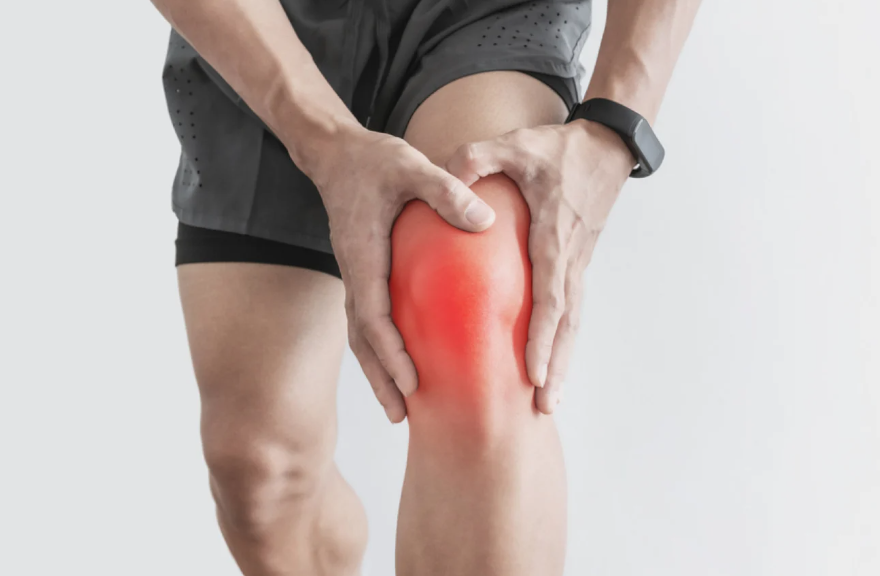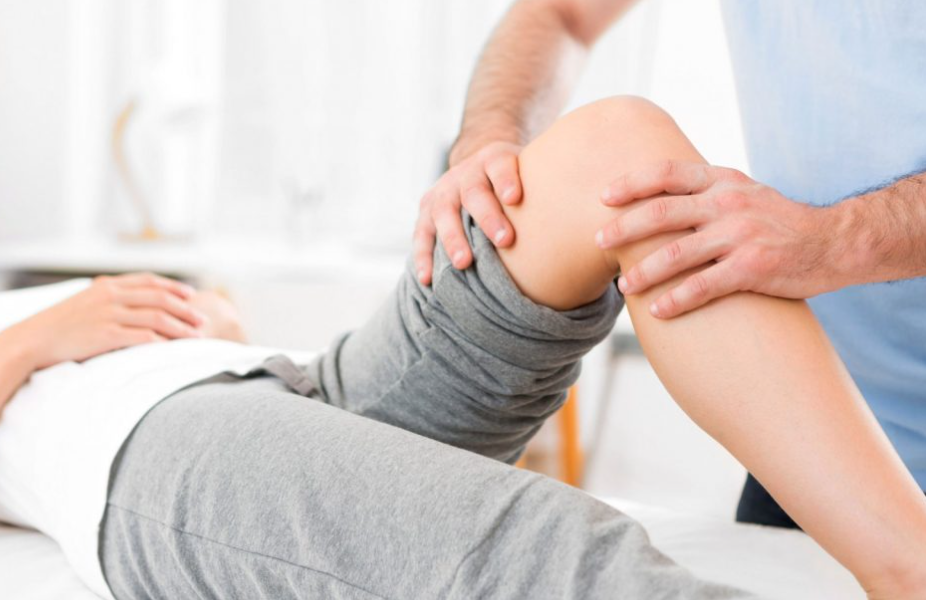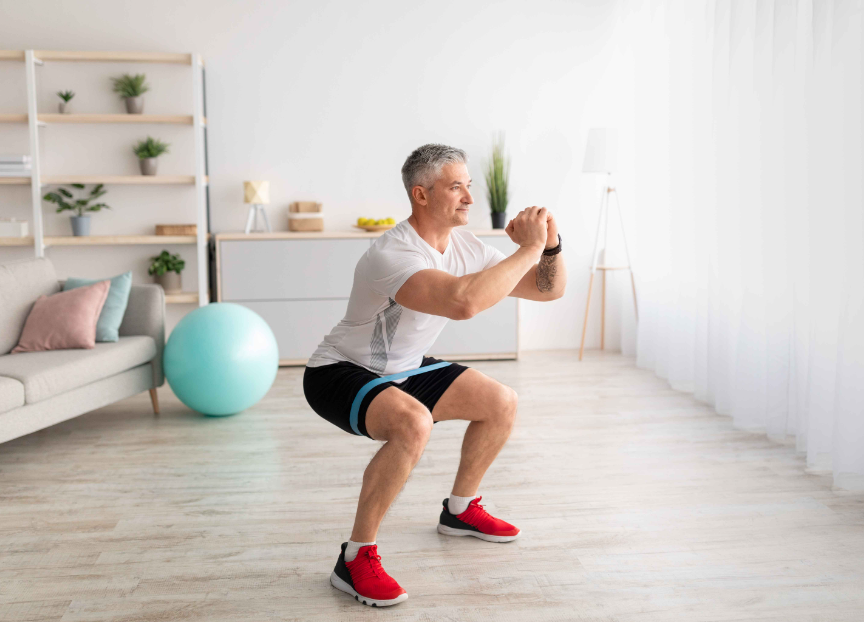In this month of South Simcoe Physiotherapy’s blog post, we are going to explore another real patient’s physiotherapy experience suffering from knee pain – right from the initial assessment and diagnosis to the patient returning to their goals and graduating from physiotherapy!
If you haven’t experienced knee pain yourself, you probably know someone who has. Knee pain can occur whether you are a young athlete, or in your retirement years!
The Case:
How did this individual present at initial assessment?
Patient Background
The patient was a 62 year old retired manufacturing worker. They reported having gradual left knee pain over the past few months. They did not recall a specific time that they injured their knee, but noticed their pain to be getting worse and lasting longer. They reported mild knee pain episodes when they were younger, but nothing significant. They reported their pain to range from a 0-6/10 in intensity, in which they described as an aching sensation on the inside of their knee. They also reported a throbbing sensation when they were sleeping, and their left knee would be quite stiff in the mornings.
Aggravating factors: prolonged walking, stairs, playing pickleball, kneeling down to play with grandkids,
Easing factors: rest, ice, anti-inflammatory medications
Client’s physiotherapy goals were to:
1.Reduce their left knee pain at night
2.Improve their left knee stiffness in the mornings
3.Increase ability to play pickleball
4.Have the ability to get down and play with their grandkids

The Physical Examination
On initial examination, the patient had moderate left knee swelling on the inside of the knee, as well was warm to the touch. A gait assessment was performed, in which a slight antalgic gait (i.e. limp) was found on their left side. They also had reduced active range of motion in bending and straightening their left knee. It was unknown to the patient at the time, but they were actually holding their knee in a bent position when laying on their back. On strength testing, they had some weakness in the surrounding musculature, but was overall quite strong.
To rule out a ligament injury, a battery of knee ligamentous testing was performed – in which all were unremarkable. However, when using a special test called the McMurray test, the patient reported pain on the inside of their left knee. This test is specific for a meniscus involvement (a cushion like structure that sits in our knee joint).
The patient also presented with reduced mobility through their patellofemoral joint. They also had increased tone in their quadriceps, hamstrings and calf muscles. Lastly, on palpation, their medial knee joint line, was significantly tender to the touch.
From both the subjective and objective examination, it is likely that this individual has left knee meniscal degeneration, with potential beginning stages of osteoarthritis.

What did treatment look like for this individual?
Stage 1: Education
Initially, it was important to educate this individual on what knee osteoarthritis is, how it develops, and most importantly how to treat and manage it. Some strategies were discussed on avoiding provocative positions (i.e. limit kneeling), and altering activity levels in the initial stages to better manage their symptoms. A knee brace was fitted for this individual, in order to help them with day to day tasks and reduce swelling.
Stage 2: Reducing pain and inflammation
Since this individual was dealing with significant pain, it was important to address this. Pain modalities such as acupuncture were used to try and stimulate their nervous system and reduce some of the inflammation at their knee joint. They were advised to ice frequently at home to assist in the reduction of inflammation at their knee joint. Other manual therapy techniques were used to offload their knee joint and meniscus such as knee traction.
Stage 3: Improve knee mobility
The progression of their knee mobility was important to help their ability to play with their grandkids and play pickleball. This involved manual therapy techniques such as knee mobilizations, passive stretching and myofascial releasing. At this stage in their recovery they were given some mobility exercises to improve their knee range of motion at home. This person also had a stationary bike at home, which they began to use more regularly.
Stage 4: Improve Knee strength
Although their knee strength was fair, it was important to progress and maintain their knee and surrounding musculature strength to support their knee. By targeting specific knee and hip muscles, it would better support their knee joint, as well as help them with playing pickleball and with their grandkids.

This individual attended physiotherapy for approximately 4 months. Throughout their physiotherapy, their left knee pain reduced, improved in mobility, they were able to play pickleball 3x/week with minimal knee pain, as well as play with their grandkids on the ground for 1 hour with minimal knee pain.
This case study outlines the importance of physiotherapy to help someone return to their daily life. Even with a degenerative diagnosis, if dealt with appropriately, a person can continue to perform the things they love to do!
